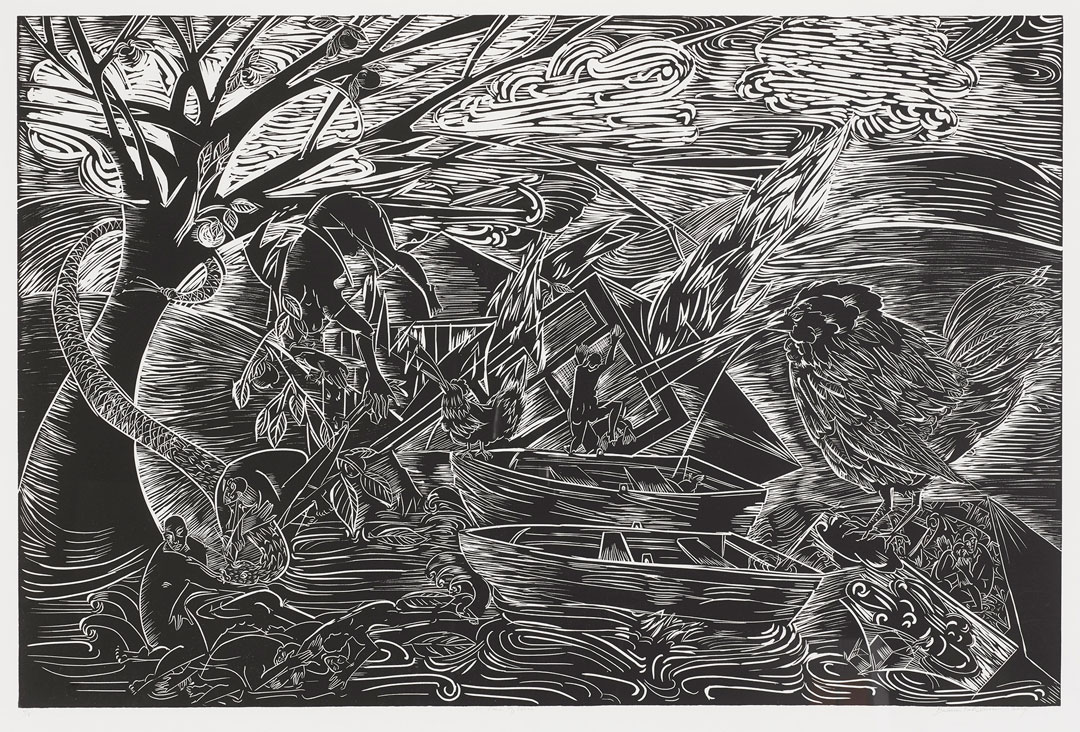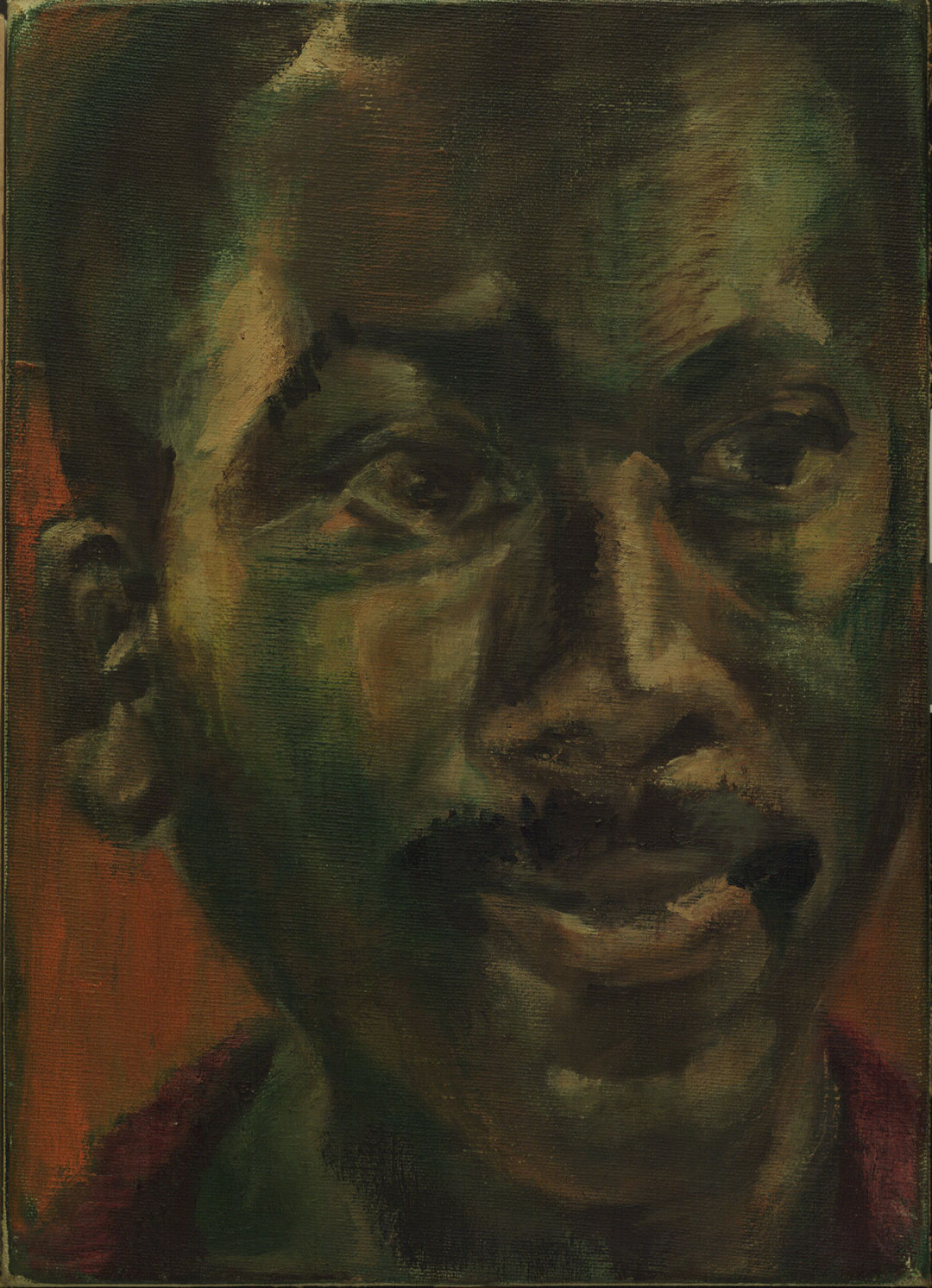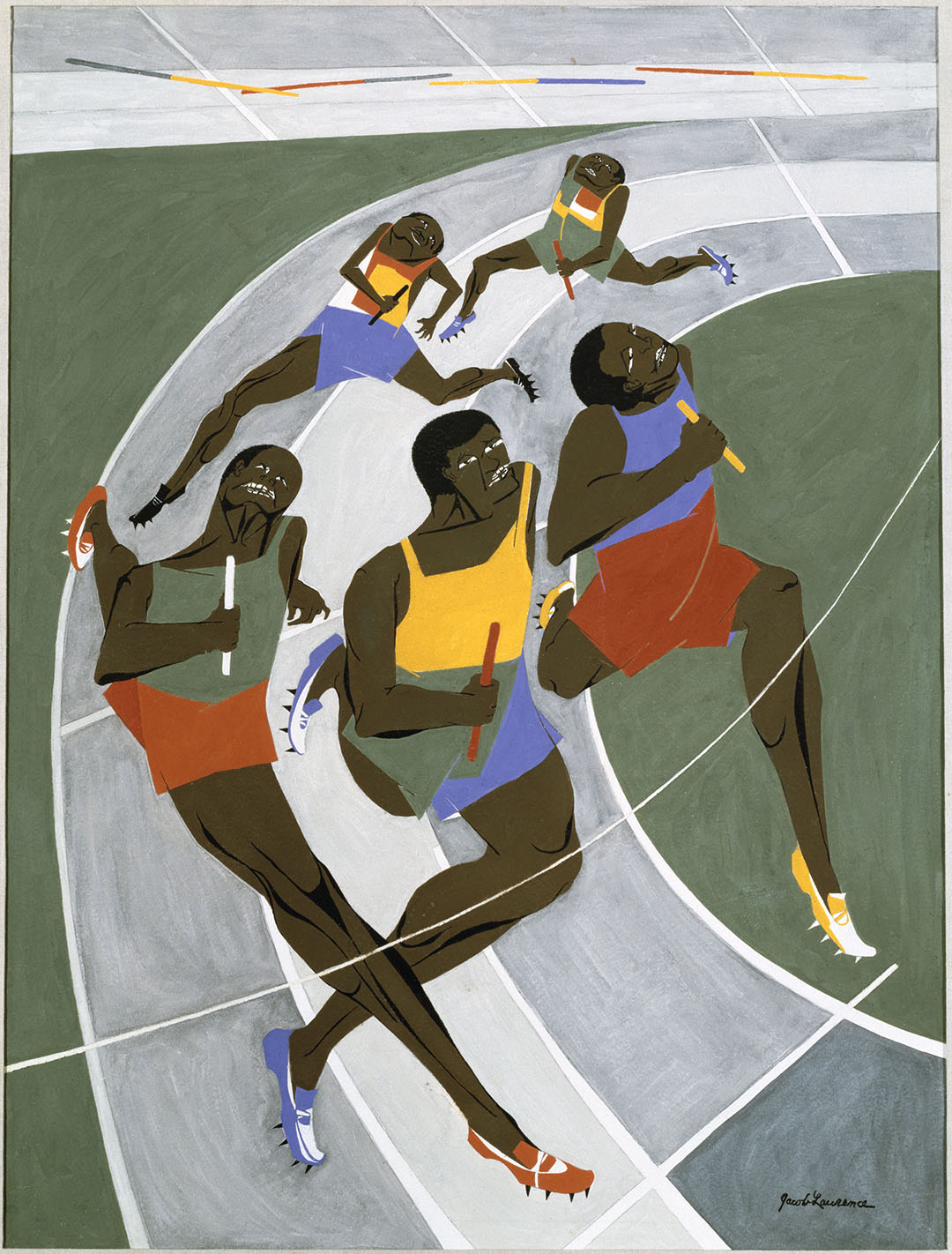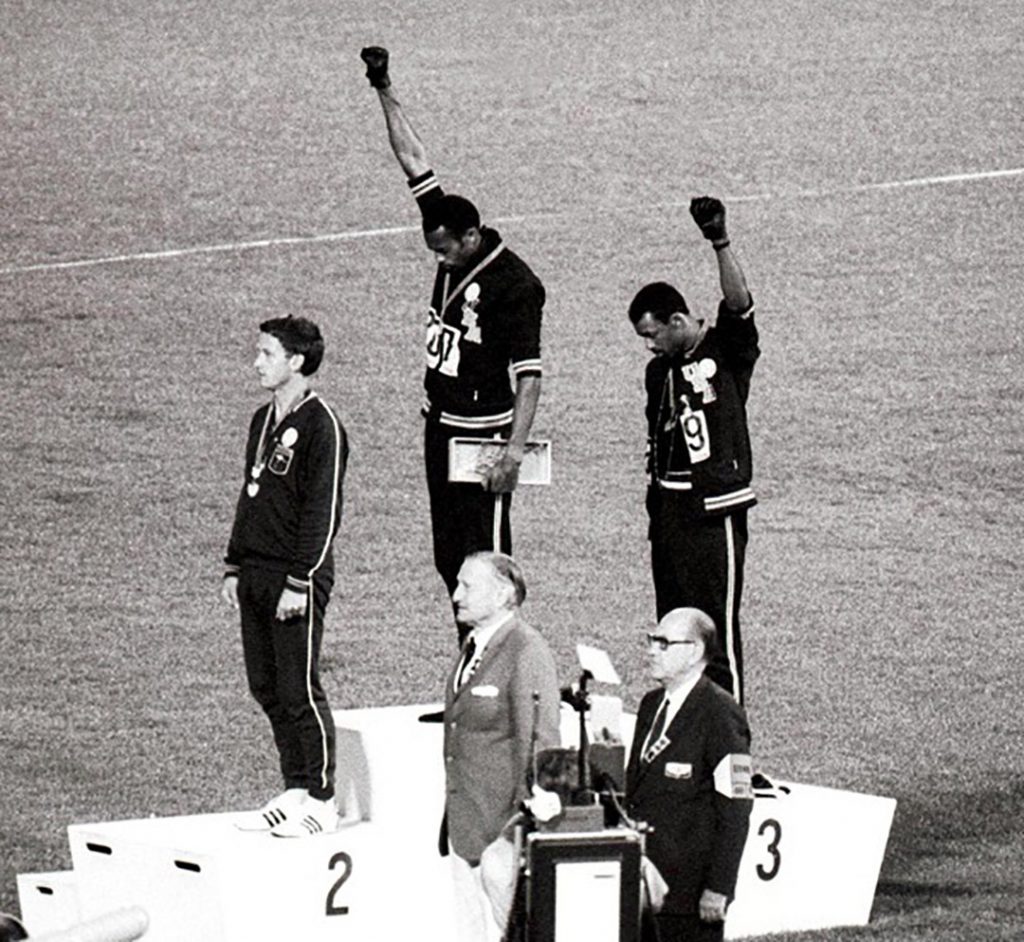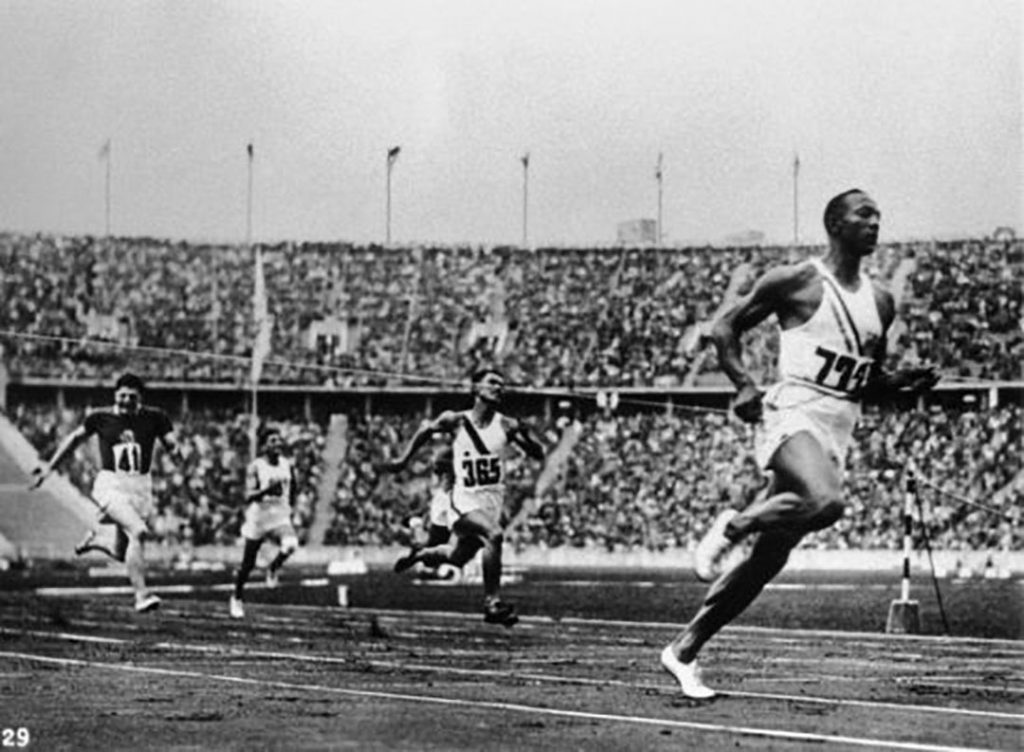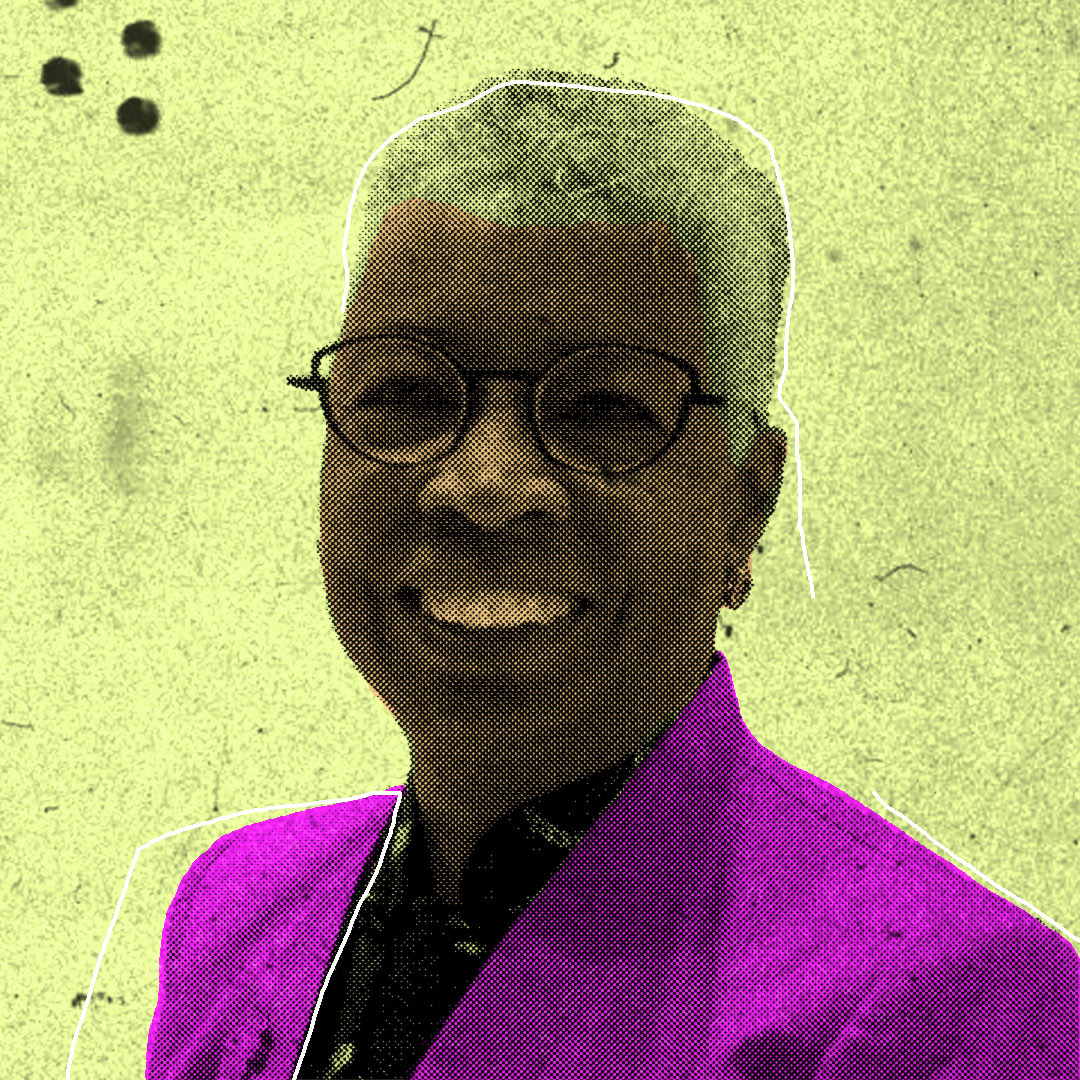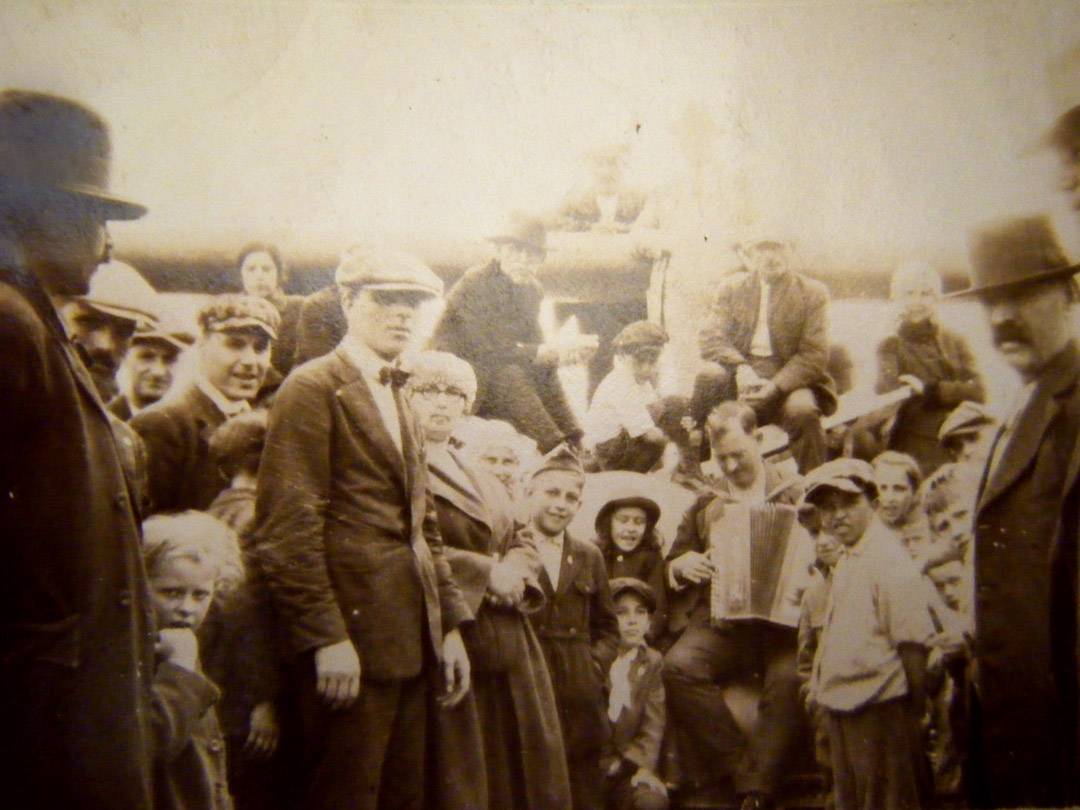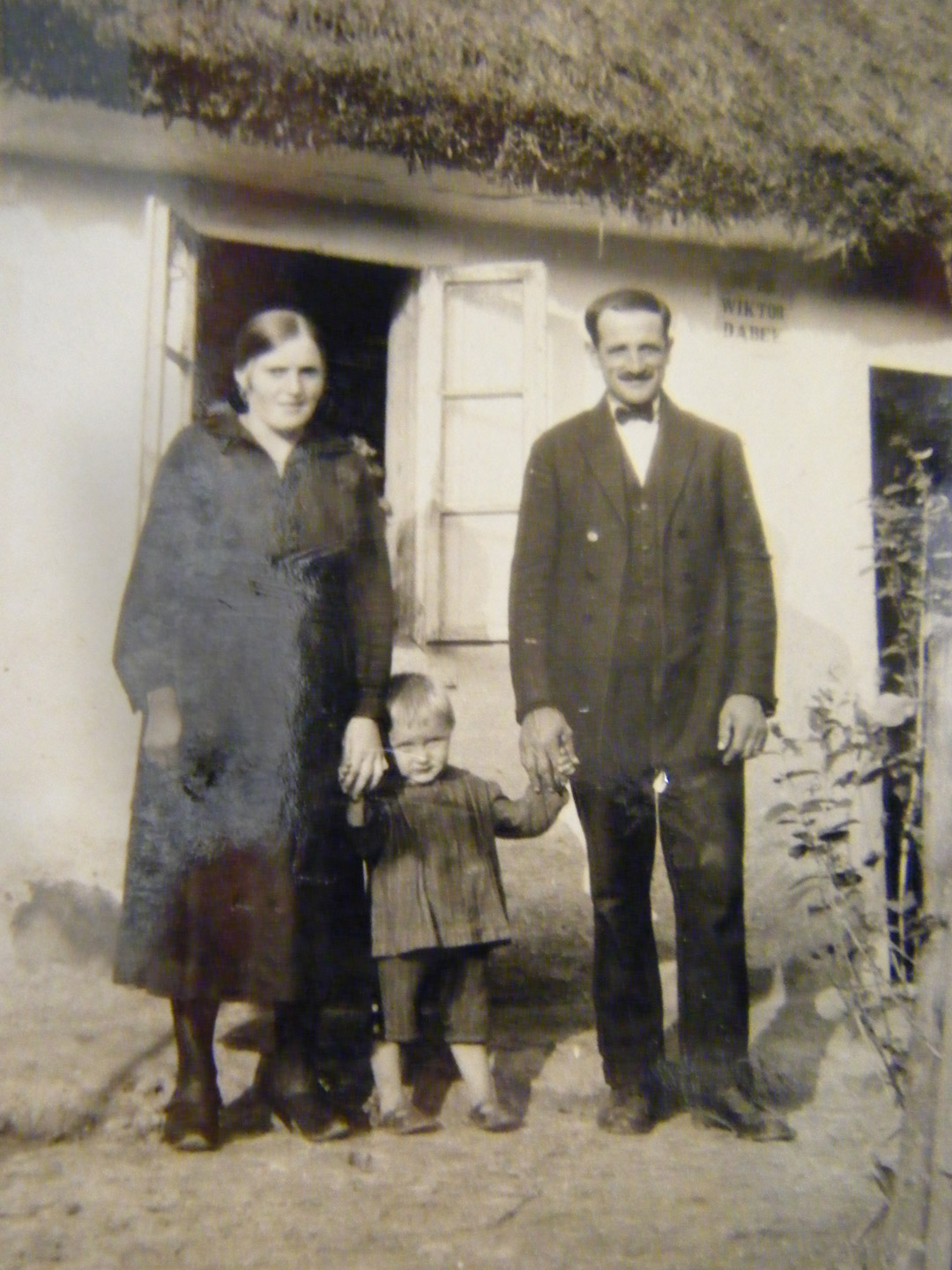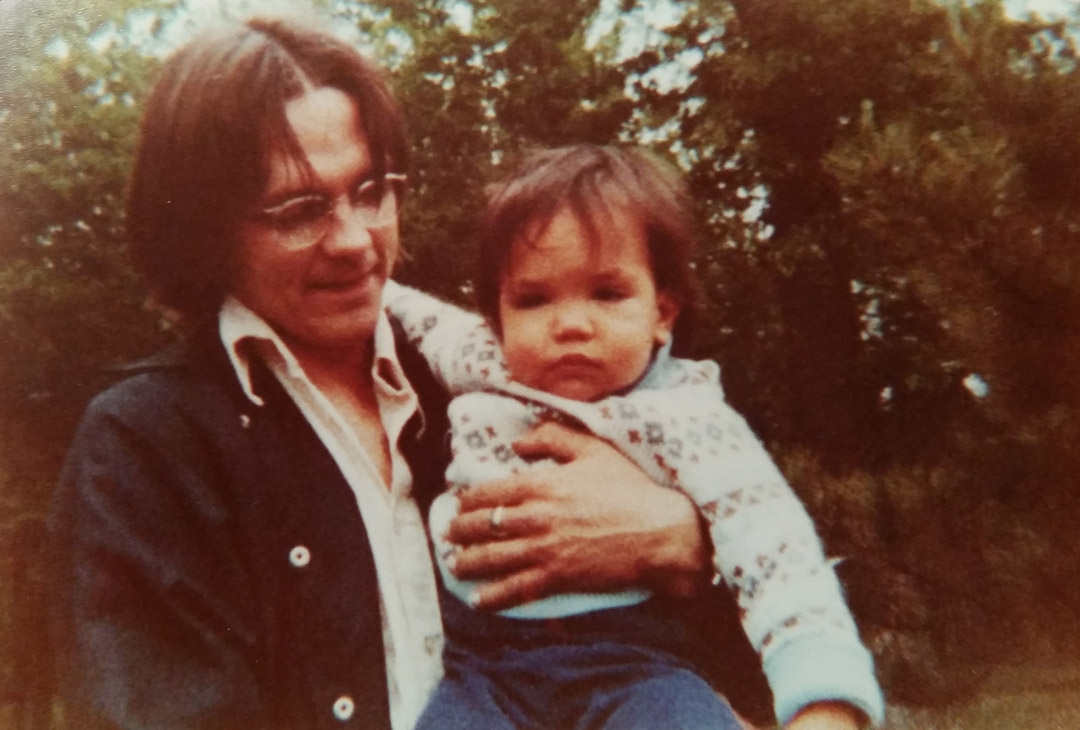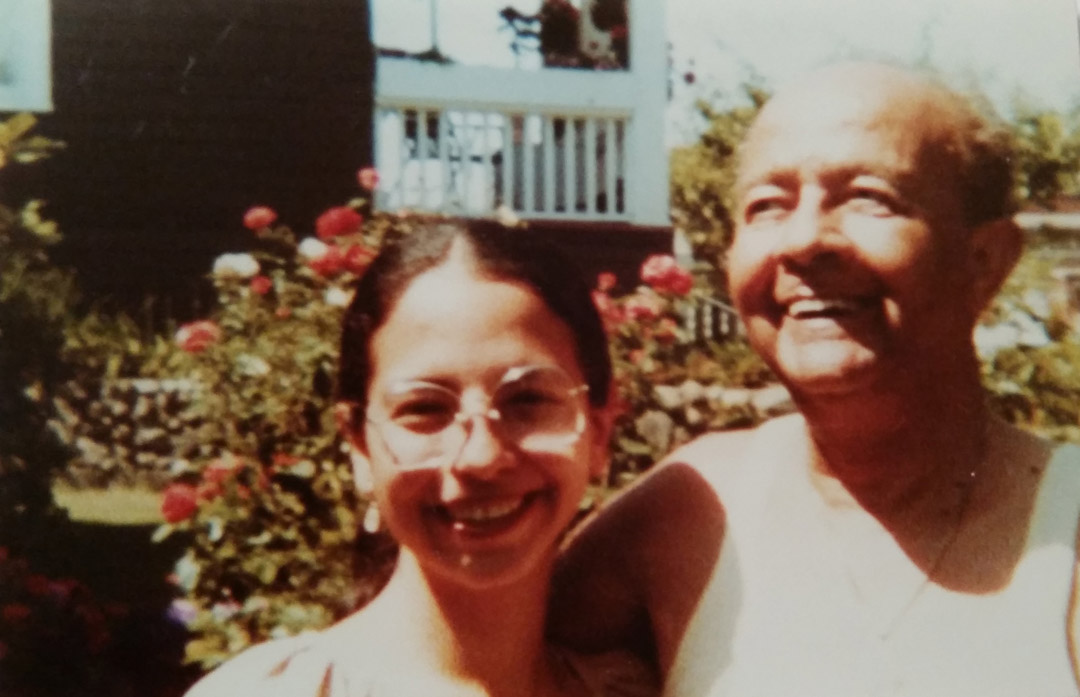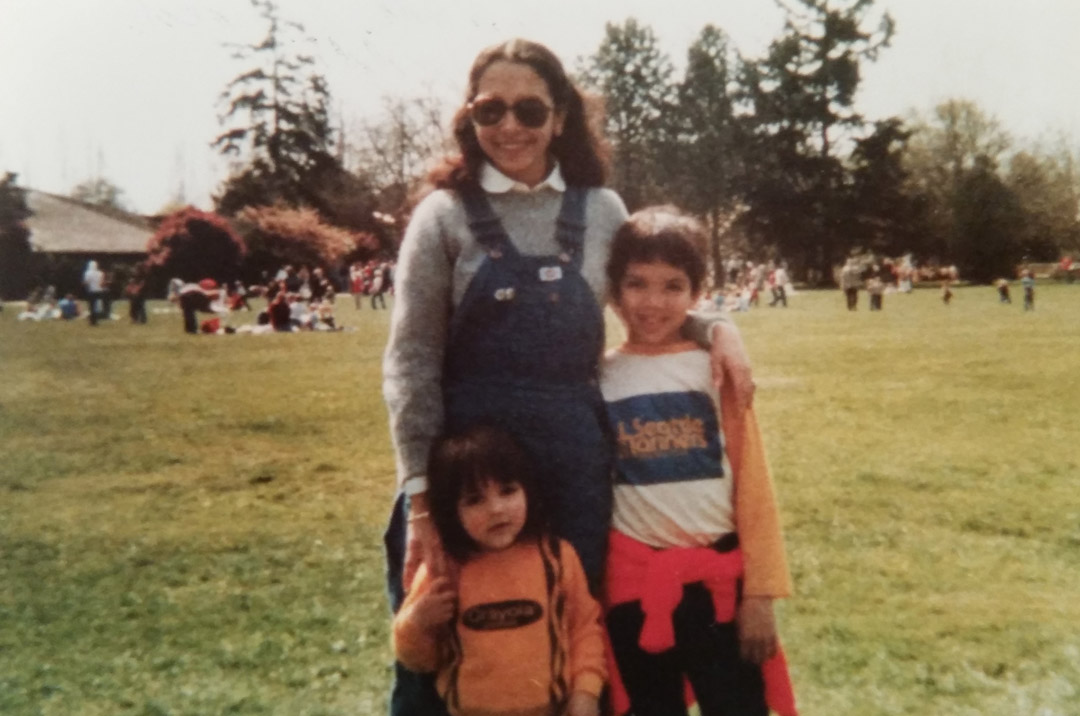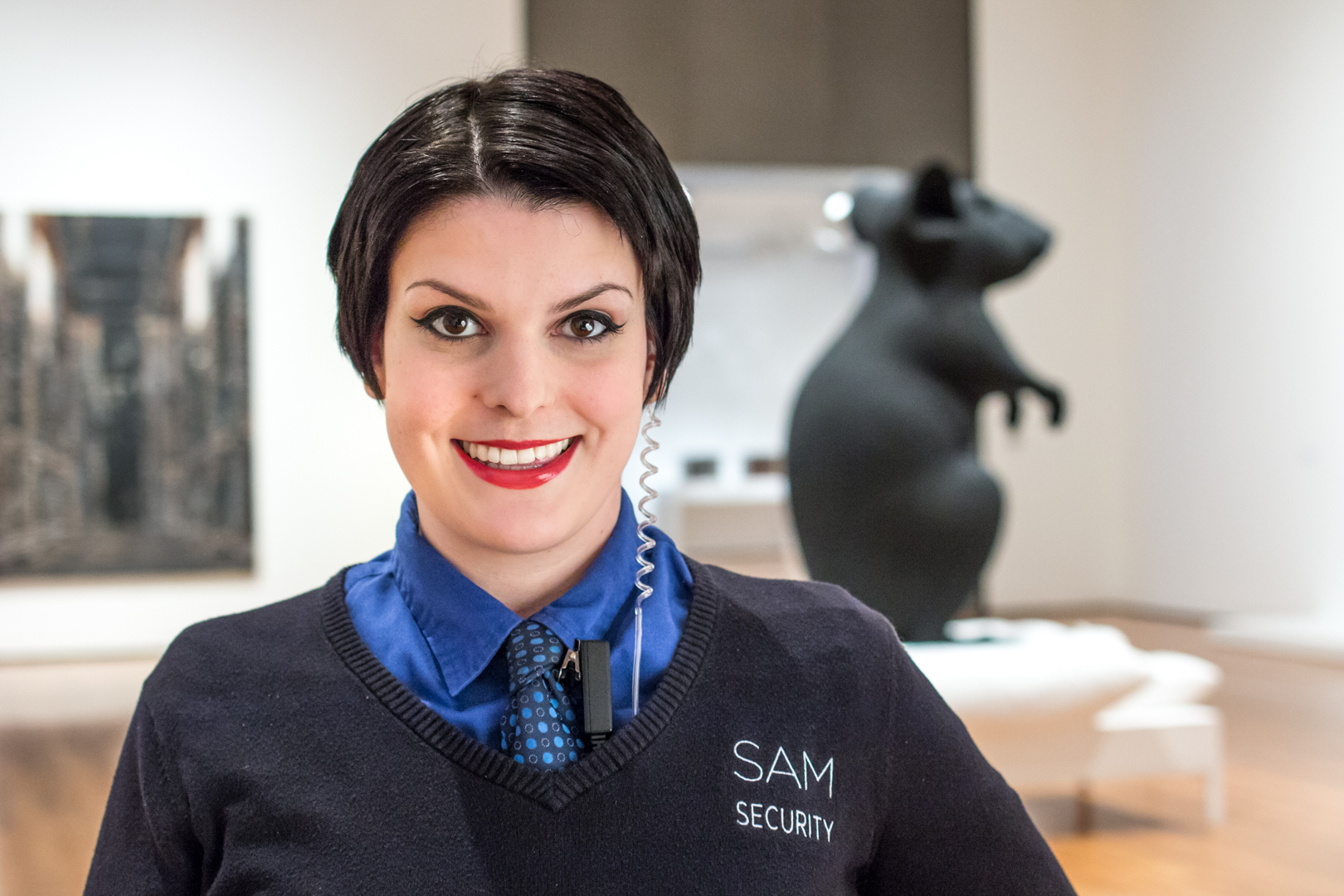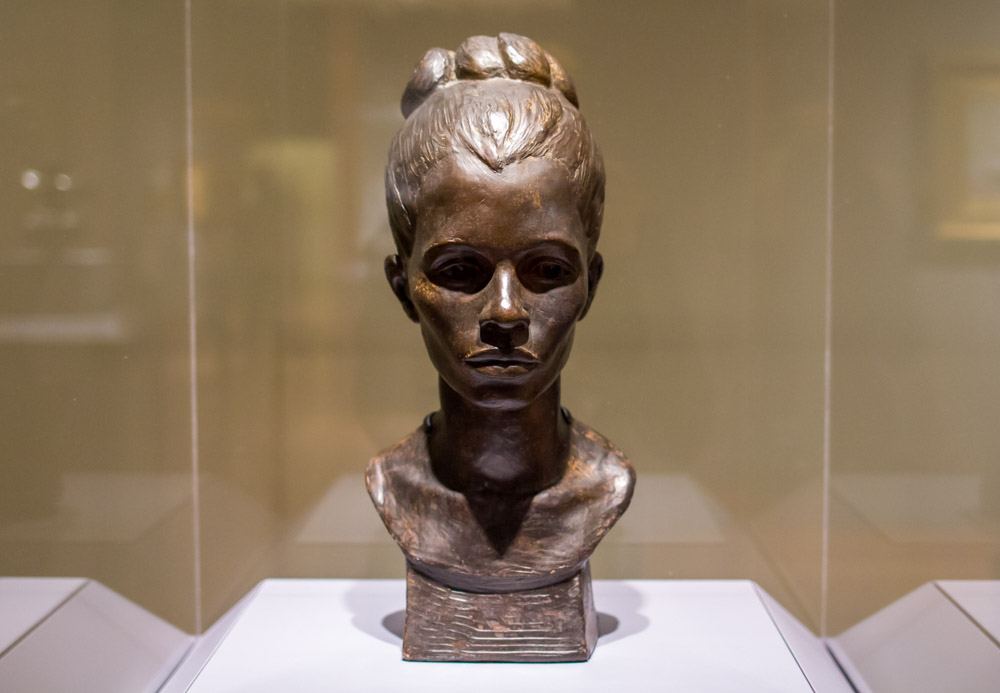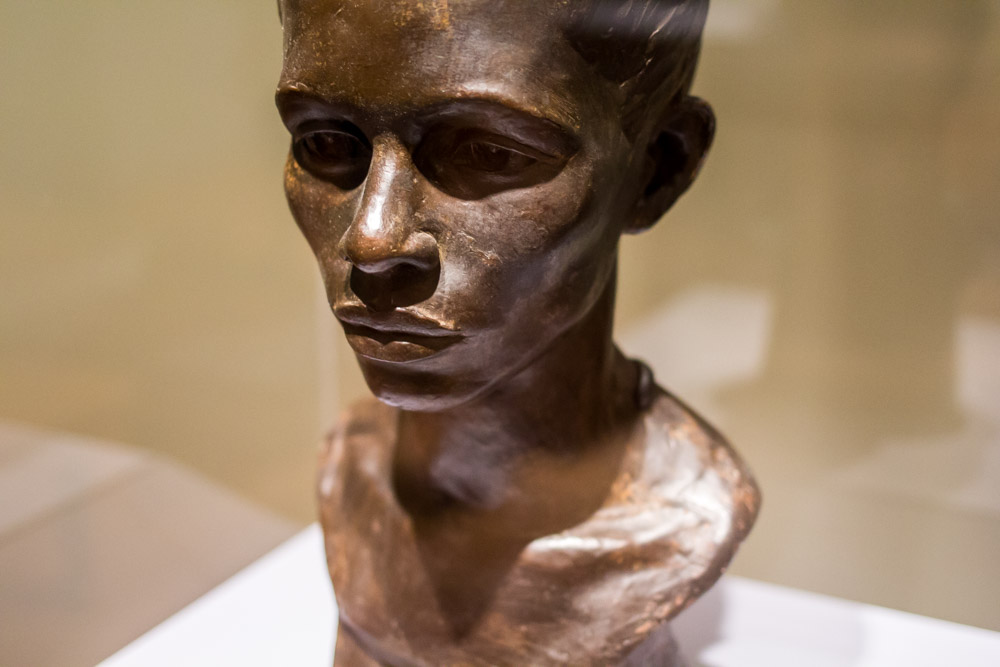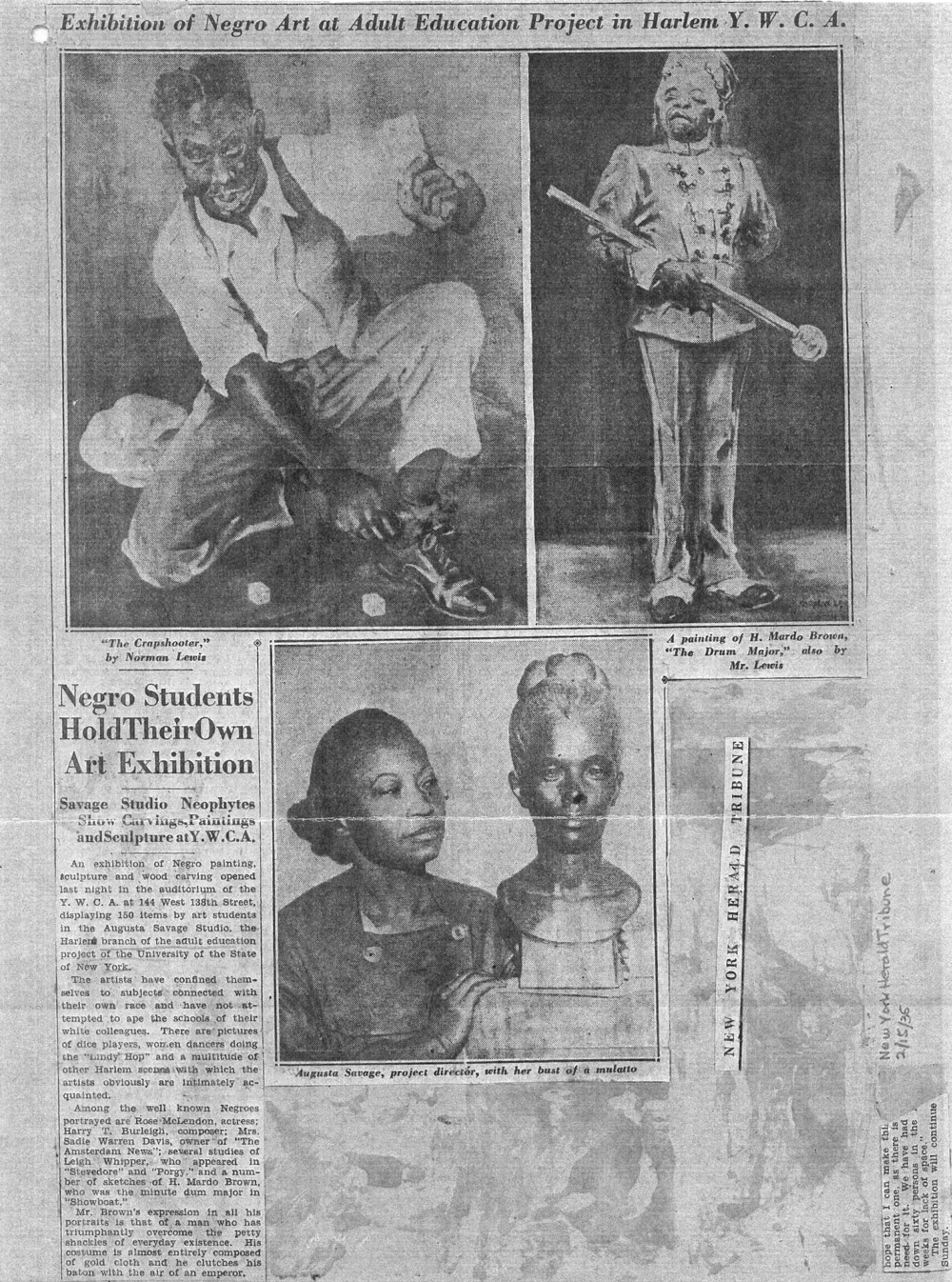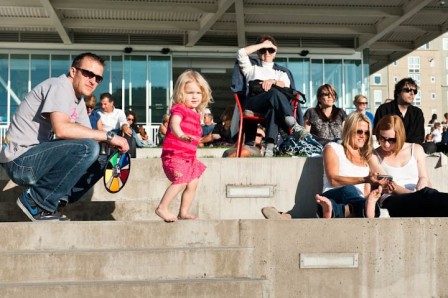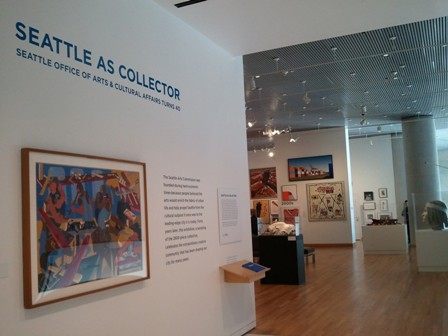Object of the Week: In Case of Fire
In Case of Fire is striking. Disorienting and surreal, the black-and-white landscape unfurls into the supernatural. A tree is anchored in a sea storm, a larger-than-life chicken is perched on the remains of a sinking home, animals and human figures are scattered against scenes of disaster.
Just as the flames and embers of fire possess movement, this linocut—a print carved onto linoleum block—captures the turbulent motion of winds, hills, and water swirling in waves across the surface. This fantastical presentation is of an apocalypse. Yet, despite the chaotic and apocalyptic imagery, In Case of Fire feels intuitively familiar. The fragmented images are contained in a single frame, and recall the nature of dreams with their strangely linear order of otherwise disconnected events and forms. Fishing and work-a-day motifs reflect the roles of labor and personal memory.
Seattle-based artist Barbara Earl Thomas is a storyteller. Though born and raised in the Pacific Northwest, Thomas remains deeply connected to her Southern roots: Thomas’s parents had “left behind family and friends and a history rooted in slavery and sharecropping to take up 1940s war jobs.”[1] As an art student at the University of Washington, Thomas studied under Jacob Lawrence, who remained her close mentor and friend until his passing in 2000.
The composition and dramatic scope of In Case of Fire is inspired by folklore, myths, Biblical tales, and magical realism, drawing on the storytelling traditions passed through generations in Black history. An active figure in writing, arts administration, and public art commissions, Thomas maintains a social responsibility in her artwork. She invokes issues of inequity and injustice across communities and writes, “It is the chaos of living and the grief of our time that compels me, philosophically, emotionally, and artistically. I am a witness and a chronicler: I create stories from the apocalypse we live in now and narrate how life goes on in midst of the chaos.”[2]
– Rachel Kim, SAM Curatorial Intern
[1]Upchurch, Michael. “Barbara Earl Thomas’ Linocuts Blend the Surreal with the Lyrical.” The Seattle Times, Apr. 12, 2013. https://www.seattletimes.com/entertainment/barbara-earl-thomasrsquo-linocuts-blend-the-surreal-with-the-lyrical/
[2] “Barbara Earl Thomas.” Claire Oliver Gallery. https://www.claireoliver.com/artists/barbara-earl-thomas/
Image: In Case of Fire, 2014, Barbara Earl Thomas, linocut, 24 × 36 in., Modern Art Acquisition Fund; Gift of John D. McLauchlan in memory of his wife, Ebba Rapp, by exchange, 2017.14.2. © Artist or Artist’s Estate

